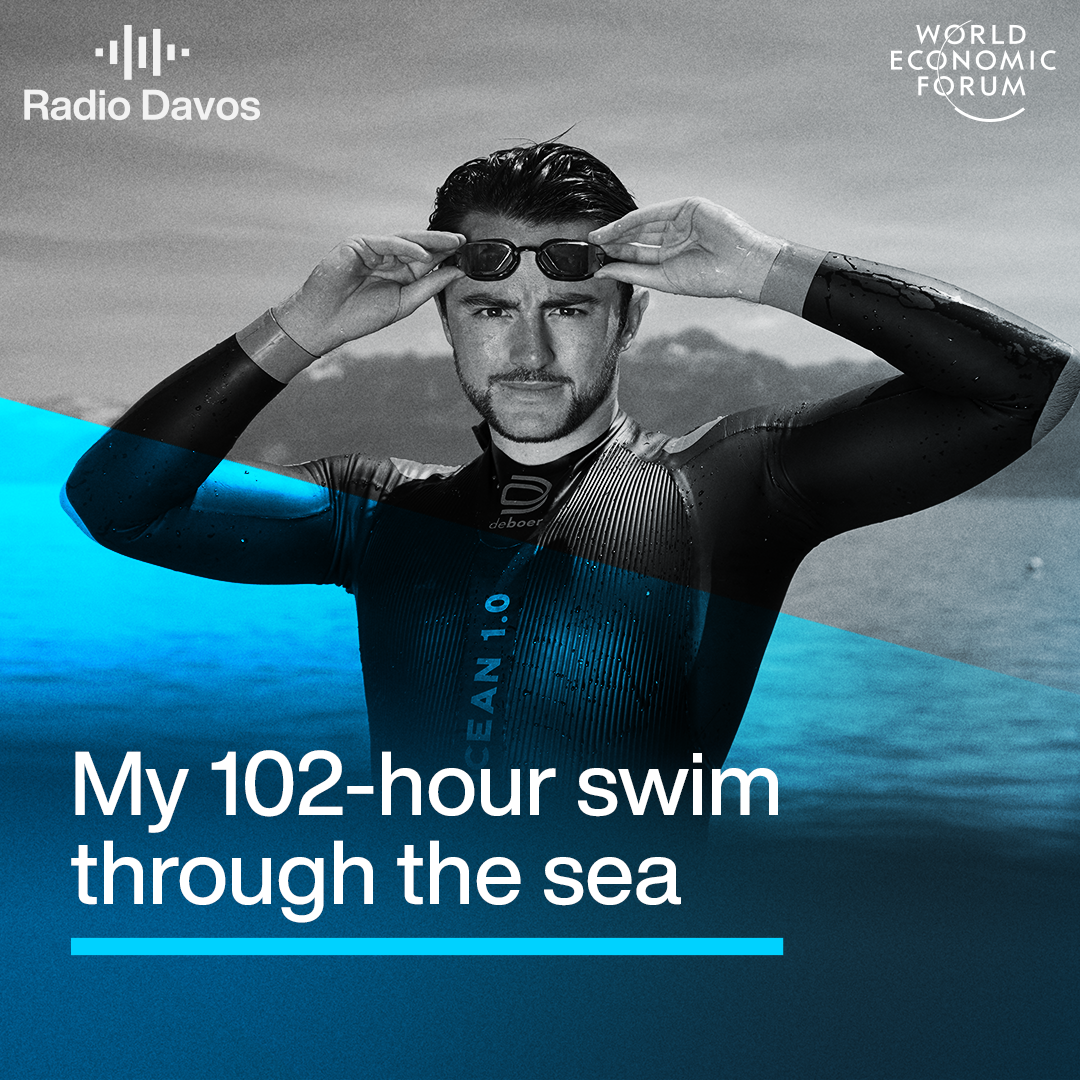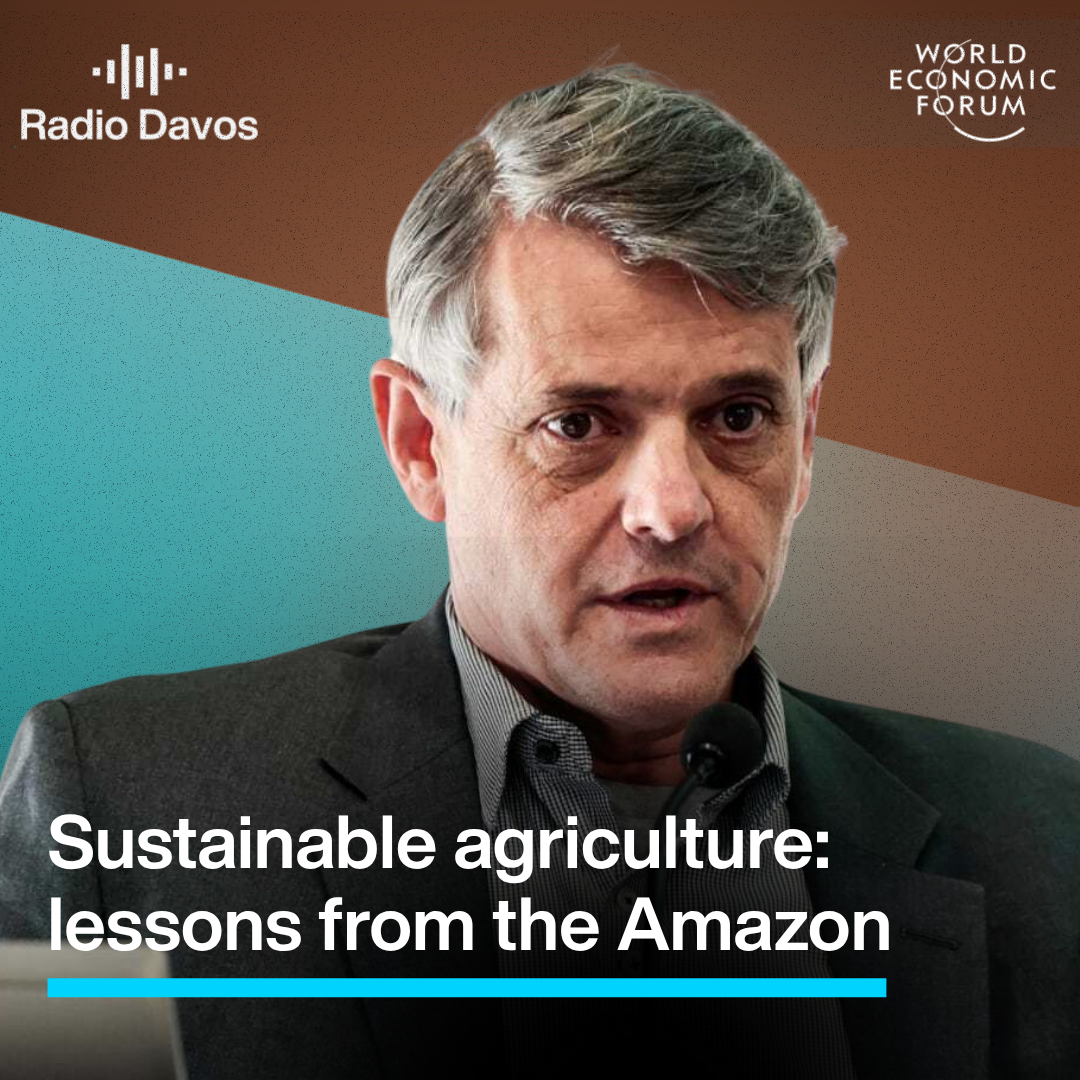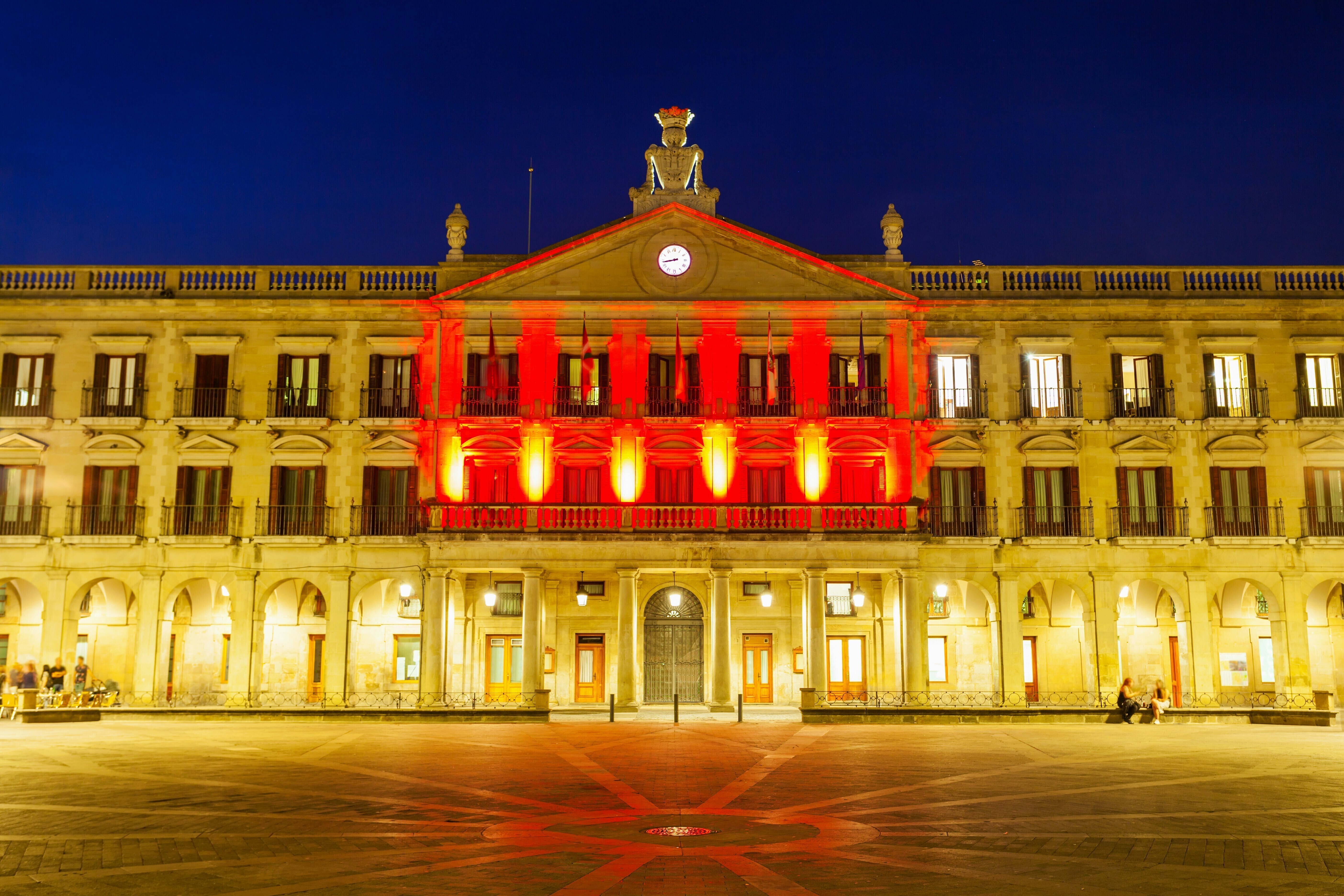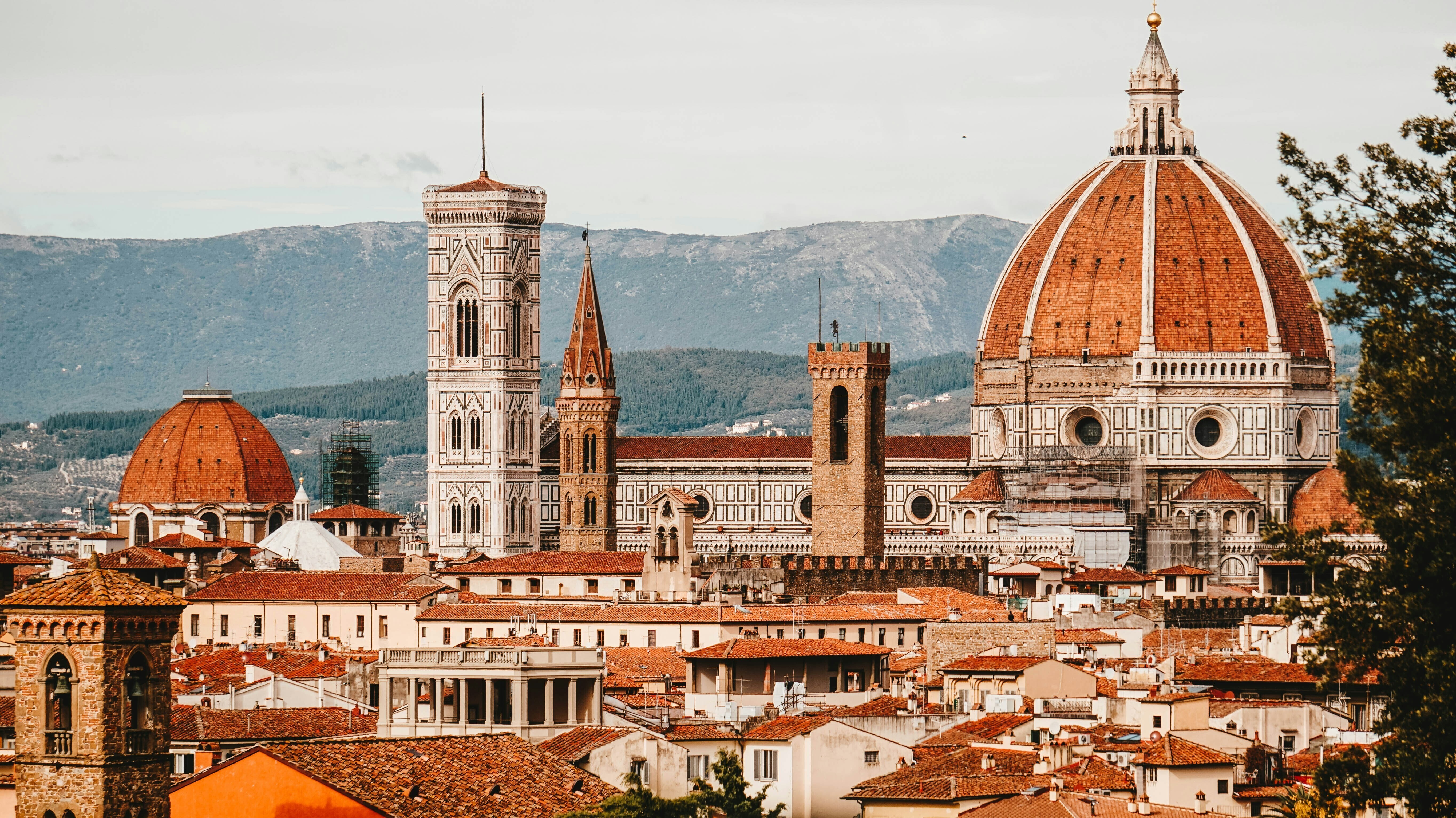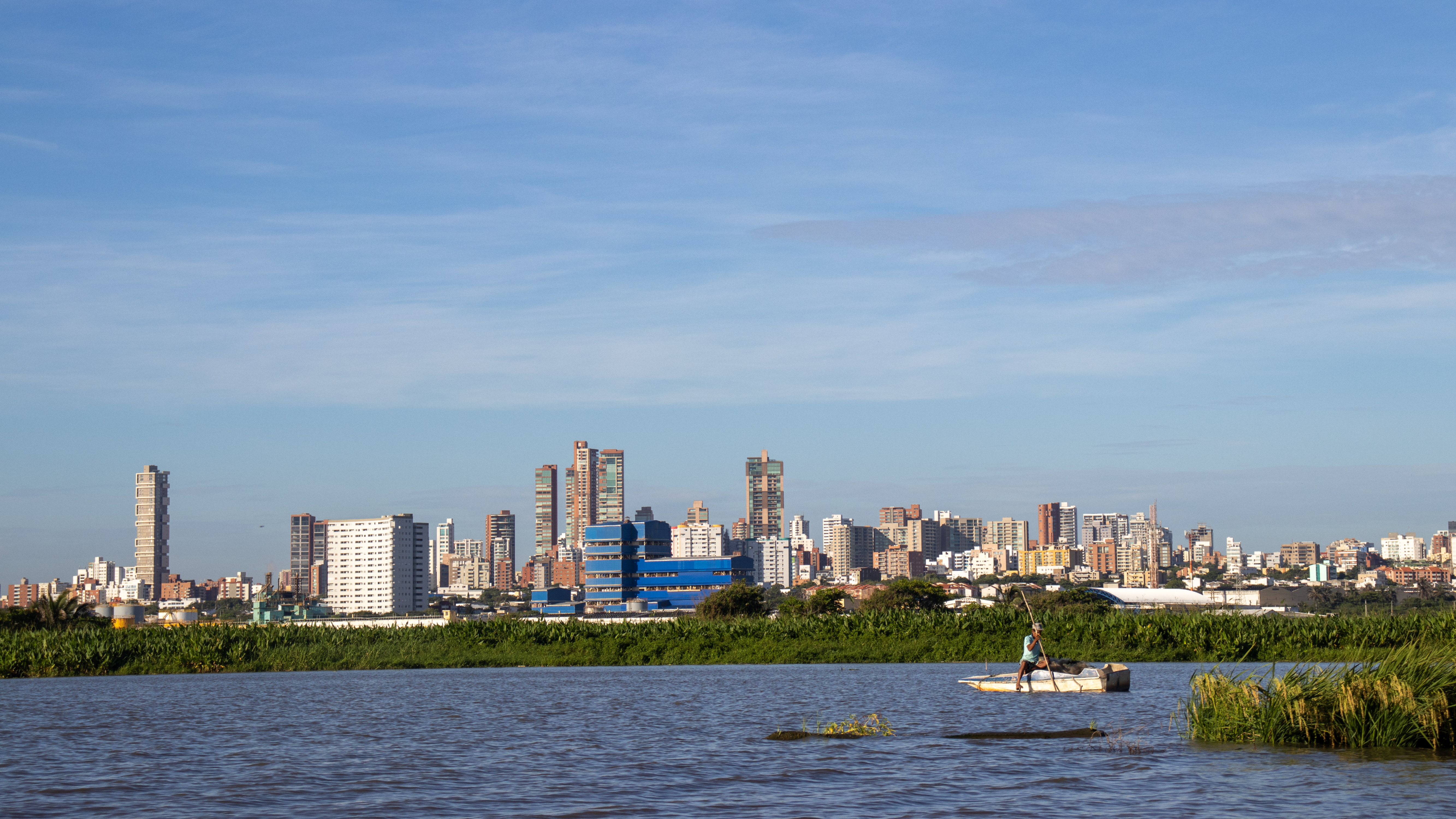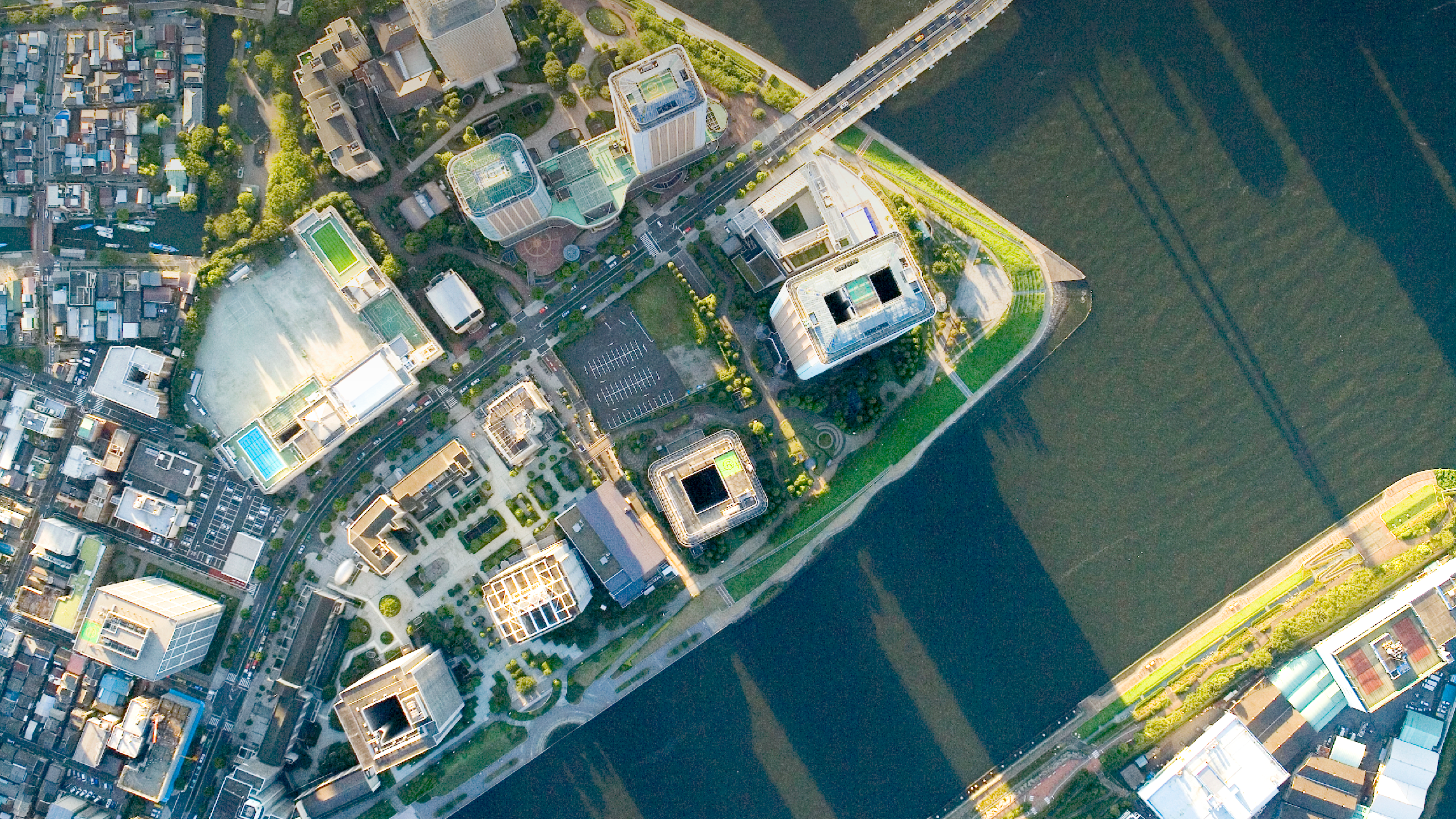COP26: How cities are tackling pollution, congestion and the climate
Also mentioned on this episode of Radio Davos: Alliance for Clean Air
Check out all our podcasts on wef.ch/podcasts:
Join the World Economic Forum Podcast Club
Transcripción del podcast
The main greenhouse gas causing climate change is carbon dioxide - a colourless, odourless gas that is otherwise harmless to our health. But emissions of CO2 are often accompanied by other, toxic gases. So can we tackle air pollution - which kills 7 million people a year around the world - at the same time as we fight climate change?
In this episode of Radio Davos, we hear from three cities that are doing just that by managing road transport to cut emissions of pollutants and CO2.
These are edited transcripts of the interviews.
London -Shirley Rodrigues, Deputy Mayor for Environment and Energy
The reason why we have an Ultra Low Emission Zone is because air pollution is the biggest environmental threat in London and I think in the world. Recent World Health Organisation statistics talked about that. So the mayor of London, Sadiq Khan, made it a major part of his manifesto for his first term. It was a real objective for him, and it was a personal issue as well because he developed adult onset asthma because of the pollution in London. And he made it as part of his second manifesto - he was re-elected earlier this year - to continue the work on air pollution, linking it to climate change. He talks about the twin dangers of climate change and air pollution. So that's why we're focussing on it.
We have millions of Londoners who are exposed to illegal levels of air pollution in London: 200,000 people exposed who've developed asthma and that's exacerbated by air pollution. So that's why we've really doubled down on it and actually started with transportation because that's the biggest contributor to those emissions NO2 and PM2.5, those very tiny particulates that are insidious and pretty bad for us.
How does the ULEZ work?
You drive in. You are captured - a picture of your number plate - and somebody checks it against the database and is able to check, using details provided to that database, whether you have a compliant car. So it checks whether you're a Euro 4 petrol car or a Euro 6 diesel. If you are not, then you have to pay £12.50. And if you've not paid £12.50 then you are given a fine.
How have Londoners responded?
We have actually high levels of support for it. Obviously there are some people who are opposed to any sort of change, whether it's a charge or a cycling scheme or whatever. But what the mayor did was really go hard on telling people why it was important to bring these changes in. So we really looked at the health evidence. We've done a lot of research. We talked to people. We enlisted the help of communities and we've seen a huge response from people. So whilst we get lot of people writing in and saying, 'You know, we don't really want this Ultra Low Emission Zone. Can you just delay it or not do it at all?' All of those letters start with, 'We really, really applaud what you're trying to reduce air pollution. We really want you to do this. But could you think of a different way?'. This Ultra Low Emission Zone has had such a dramatic impact on air pollution in central London
Has it? You can actually measure the difference it's already made?
Yes, we've measured the difference. It's contributed to almost a 50% - I think about 44% reduction - in roadside NO2 concentrations in the Zone and a 27% percent reduction in PM2.5 in just a couple of years. That is amazingly fast.
Can people actually feel this as they're walking down the street, breathing it in?
I think they can. Obviously, with the pandemic consider the number of cars not being driven in London. Unfortunately, we've seen those numbers jump back up again. But people have noticed it and actually what we've done is we have a very sophisticated monitoring framework in London called Breath London which is where people can see in real time the impact. We've seen a huge number of vehicles no longer driving in the Zone. So it's having a traffic reduction impact as well. Those people are moving on to walking and cycling and using public transport.
So this will also then potentially have a climate change impact?
That's right. We estimated around a 6% drop in carbon emissions, which is significant. We're in a climate emergency. The mayor has declared a climate emergency. He's brought forward his target so that we're trying to make London a net-zero carbon city by 2030. And we know we have to go for every source of emissions that we can, but that's within his ability to influence. And transportation is one of the biggest levers, alongside planning that he has.
Any advice for other cities thinking of doing a similar thing?
First of all, making sure that you make the case so you bring people along with you. Like everything, you can't make a decision and then inflict it on on somebody. You have to really understand what their concerns are, try and design the initiative to make sure that it meets the the overarching objectives - in this case reducing air pollution - but also understand that it in the main people are supportive and want to do the right thing, but they just need to understand how does it work - does it reflect the circumstances, and can you help them make the change?
I remember going to a summit that we hosted with the World Health Organisation. We had a father come in to talk about his little girl who's developed an air pollution-related disease and one out of four weeks she was either in hospital or she was on the sofa, not able to play with her peers and so on. And this was likely to carry on for a long time because these are life-long illnesses.
It's probably an easier message to communicate than climate change in some ways?
That's why the mayor talks about wanting to tackle the twin dangers of climate change and air pollution because many of the solutions to tackling air pollution will also help with climate change.
Buenos Aires - Juan José Mendez, Deputy Mayor in charge of transportWhat is demand management?
If you go with your car to the downtown area, you are going to [cause] congestion. Congestion is going to create more wasted time for the whole community, which is a cost, and congestion is going to create more emissions, which is another cost. So when you put a price on those costs and transfer that price to congestion pricing, what you have is better decisions, less congestion and less emissions and obviously a better city. That's demand management.
You plan to experiment with 'on-demand' bus services - what is that?
In a neighbourhood - it used to be a slum - Barrio 31 in the Retiro area, very close to the city centre of the city of Buenos Aires - we are working on the introduction of the first on-demand bus route in the city of Buenos Aires. We want to be now one of the first cities to shift fixed bus routes into on-demand bus routes, and we are starting from this neighbourhood that was recently urbanised and integrated into the city. But with the idea of pushing the concept into the whole city. Probably it is going to be one of our biggest technology challenges in the coming years.
How would an on-demand bus route work?
Buenos Aires city buses run 24 hours, seven days a week with the same bus routes, with the same stops and with the same size of bus. Probably at 3am you take a bus in the city - it's going to be empty and you are going to wait 30-35 minutes for that bus to arrive at a stop. On-demand service is using technology to realise at some times of the day when demand is lower, for example, we can rearrange the bus stop. Instead of you moving to a bus stop that is five blocks away on your street, make the bus stop at a spot very near where you are - probably your house, your front door. We can do that during the night hours, for example, where demand is very low.
And we can also shift the size - probably it's going to be a car at 3am picking you up to take you from A to B instead of a big bus with 35 seats up to 60 passengers, which is the regular size of buses here. You don't have to wait four or five blocks away from your home at 3 am when probably the bus can pick you up 50 metres away from your home because it's right at the next corner.
We are testing in this neighbourhood together with the World Bank. Our idea is to introduce it next year to test it with this community and start introducing this type of service at the beginning in underserved communities. They are lacking many public services like water and sewers. And in this case, in the case of mass transit, they're also lacking mass transit infrastructure. So we have to close this gap. And how are we going to close this gap? With the solutions of the 20th century? Or the solutions of the 21st century based on technologies, based on standards of sustainability and cost-efficient solutions?
Singapore - Wee Shann, Chief Innovation & Transport Technology Officer, Land Transport Authority of Singapore
We started this Area Licensing Scheme in 1975. That was about 10 years after we gained independence. We very quickly realised that with the increasing population, a lot of traffic is going into the city centre, the Central Business District, and we've got to do something about it, if not a congestion will set in very quickly. And so that Area Licensing Scheme was formed.
How has technology changed over the years?
We are constantly looking at how technology could continue to help us. The system has been with us for more than 20 years now. It is due for a technology refresh and as we look around, we think that it is time to leverage on global navigation system, the satellite systems, to help do the collections.
How do the public in Singapore feel about this system?
At a system level, we have to continue to educate our people. We're trying to manage a system such that it is at least good for the commuters, as well as overall for the country and economy. For many, many years now, our main focus is to provide many other good opportunities for people to move around. And so we spend a lot of public funds, time, resources to get our public transport up. So with different modes of travel. We thought that paying a little bit for congestion is a good way to state the different system benefits. That's more key than trying to convince the people that congestion charges are good at a system level.
What impact do you think you're having there on climate change?
First of all, land transport is the third-largest emitter of carbon emissions in Singapore, behind energy and industry, and so we are keenly aware that we have to do our part in climate change. That is very aligned to our larger goal of walk-cycle, but for longer journeys our target is to have eight in 10 homes within five minutes' walk from MRT stations. And by having such a comprehensive kind of mass rapid transit system, we facilitate people to take our public transport.
The second area that we are working on is vehicle electrification. We recognise that electric vehicles have zero tailpipe emissions. And if we look at our grid emissions, we use natural gas for electricity generation. But if you factor that in, battery electric vehicles will only emit about half that of ICE [internal combustion engine] vehicles. And so we think that nudging people to adopt electric vehicles if they have to buy a new vehicle, is the way to go. So these are the two big areas that we will work on, and we believe that that is not only good for the environment, it is also at a system level, something useful as we address our national challenges of densely populated Singapore.
Clean air is the new forefront of climate action.
There's a huge link between air pollution and climate change - and it's fossil fuel.
Burning fossil fuels obviously produces the greenhouse gases that are warming our planet, and it also is responsible for producing about two-thirds of the air pollution that's harming our health - to the extent that 7 million people every year die because of air pollution. Seven million, that's 15% of all deaths. And many millions more people have their quality of life reduced because of illnesses that are either caused by air pollution or exacerbated by it. One of the things that we've also learnt more recently is that air pollution is incredibly bad for our economies, as well as for climate change and our health.
Action on air pollution at the same time as climate change is really needed. But actually, until now, corporate action has been scarce, and this is why we want to launch this business alliance today. These businesses really want to help clean the air for our climate, for the health of people and for the health of our economies.
All these companies are making three major commitments. All of the businesses signed up to this Alliance for Clean Air will measure their air pollution footprint within the next 12 months, and then they'll commit to reduction targets. The second commitment is that all of the businesses in this alliance will champion the issue of tackling air pollution with all of their stakeholders, and they'll make sure that we talk about air pollution and climate change at the same time and tackle them together as well, not separately. And the final commitment is that they'll use their assets innovatively to help further this cause.
Net-Zero Carbon Cities policy toolboxSally Sudworth
There's a toolbox of solutions that's been launched through the Net Zero Cities programme for the World Economic Forum. There's over 200 case studies there, and the idea is that these are giving ideas for policymakers, for investors, for businesses, so they have an idea of where to start.
I don't think we need to convince anybody today that we need to do something. I think people are really eager to find out what it is exactly they need to do. And so that toolbox has been set up to help people in that regard.
And there are fantastic examples around the world. In Wellington, in New Zealand, they've been capturing carbon data since 2001 so they're able to use that data and information to create a clear plan, a really robust net-zero plan so they can guarantee to hit net-zero by 2050. So they're well on on their course to doing that.
In Leuven in Belgium, they're not alone in this - they've set up a non-profit partnership organisation that brings together lots of expertise and ideas to break down these silos so we have joined-up investment across infrastructure. Bristol City Council in the UK has done something similar.
And there are examples around adaptation: we've got Paris, New York, Copenhagen, all creating practical plans, frameworks for delivery so that all of the utilities, all of the businesses, all of those providing the infrastructure, they're all able to work towards the same goals.
Nature-based solutions in both the urban and rural environments are really, really important and can provide the solution that we need in terms of creating greener, cleaner spaces to live. It's the nature-based solutions that can help alleviate extreme heating, can help to alleviate extreme flooding. It's recognised that woodland reduces temperature. So having that blended, integrated, natural and built environment, the infrastructure that delivers that can really make tangible differences to the communities that live in our cities. In terms of air pollution that can help alleviate that, in terms of wetlands creation, that can provide the space for water that can help attenuate the effects of these extreme floods that we are experiencing.
Más episodios:
Más sobre Transformación UrbanaVer todo
Jeff Merritt and Andras Szorenyi
2 de diciembre de 2025

